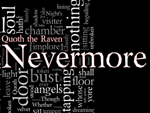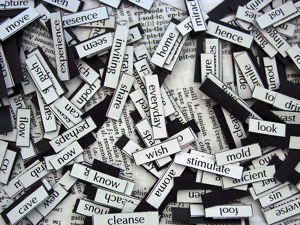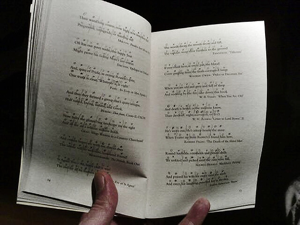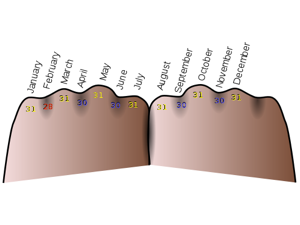 Most methods of memorizing a stack, as a quick look through the Memorized Deck Online Toolbox will show, require intermediary mnemonics. Here's an approach I've been developing that uses no mnemonics!
Most methods of memorizing a stack, as a quick look through the Memorized Deck Online Toolbox will show, require intermediary mnemonics. Here's an approach I've been developing that uses no mnemonics!
This method is based on the spiral learning approach used in J. J. Hayes' approach to memorizing poetry, but modified for the needs of stack memorization.
1) Create a written list of your stack, containing both position (1 to 52) and card information. If you're using the Tamariz stack, you'd list 1-4C, 2-2H, 3-7D, and so on. Important: When making the list, add the cards and positions from 1 through 4 at the bottom, too. This is because many memorized deck tricks often require you think of the top card as being “after” the bottom card.
2) Look at the first card, and read it out loud. I usually say the position then the card, then the position again, such as “1, Four of Clubs, 1”. The cover it up the card, and repeat it from memory in the same way. If you made a mistake, look at the card and state it out loud again, then cover it up and try repeating it from memory. If you got the card correct, move to the next card and repeat this process. Do this for each card and position 1-52.
3) Next, you're going to repeat this process from the beginning of the stack, but two cards at a time. Start by reading positions 1 and 2 out loud from your list, such as “1, Four of Clubs, 1, 2, Two of Hearts, 2”, covering them up and repeating them from memory. Again, if you make a mistake, repeat with the same cards, and if you didn't make a mistake, move on to the next 2 card. Go through the whole deck. Don't forget to go beyond the cards at positions 51 and 52 by finishing with positions 1 and 2.
4-7) Go through the whole process again, but 3 cards at a time (finishing with positions 52, 1 and 2 as the last triplet), then 4 cards at a time (finishing with positions 49, 50, 51 and 52, then 1, 2, 3, and 4), then 5 cards at a time (finishing with positions 51, 52, 1, 2, and 3 as the last set), and finally 6 cards at a time (finishing with positions 49, 50, 51, 52, 1, and 2 as the last set).
8) Just before you go to bed at night, try and recall the entire stack by position and card.
9) As mentioned by J. J. Hayes, sleep on it! Sleeping will give your brain a chance to effectively “download” the memorized stack into long-term memory.
Once you can go through the stack 6 cards at a time, you'll be surprised how well you have the cards and their positions memorized. What this approach does is both emphasize the exact information you need to know, as well as strongly making the associations of each card by creating, breaking, then remaking associations of cards with each other. Also, you should never have to work through any external associations for the positions and cards. One should automatically bring up the other.
At this point, though, you're only half done. As Dennis Loomis points out in his Memorized Deck Mastery article, you should not only know the cards and their positions, but also what cards come before and after each other.
To achieve this, you're going to repeat the above process, but without the card positions. Just as before, you'll make a list of cards, remembering to include the top 4 cards at the bottom of the list, as well. You'll then go through 1 card at a time, and continue until you've gone through the whole process 6 cards at a time, reaclling the stack just before bed, and then sleeping on it.
Once you've gone through both of these processes, you'll not only be able to go through the whole deck from memory, but you also won't need to recall any mnemonics. From this point on, regular review and testing is really all you should need. Tools that aid in spiral learning, such as Loop&Learn and/or Verbatim, can help with both the initial learning and the regular review.
This approach is a great way to memorize any large set of information that you have to know perfectly. Besides things like card stacks and poems, you could learn any detailed list this way. For example, the Knight's Tour path taught in The Chrysalis of a Polymath could also be learned this way. Just as with the cards above, you'd make sure to include the first few positions again at the end of the list, since the cyclic nature is important here, too.
If you try this approach out, I'd love to hear your comments about it! Did it work better or worse for you than other methods? What other uses did you come up with?

 June's snippets are ready!
June's snippets are ready!






 2 years ago,
2 years ago, 
 I
I  It was just back in September when
It was just back in September when 


 As regular Grey Matters readers know, I'm a great supporter of going back to the classics. Therefore, this month's snippets theme is getting back to the classics!
As regular Grey Matters readers know, I'm a great supporter of going back to the classics. Therefore, this month's snippets theme is getting back to the classics! Most methods of memorizing a stack, as a quick look through the
Most methods of memorizing a stack, as a quick look through the 



